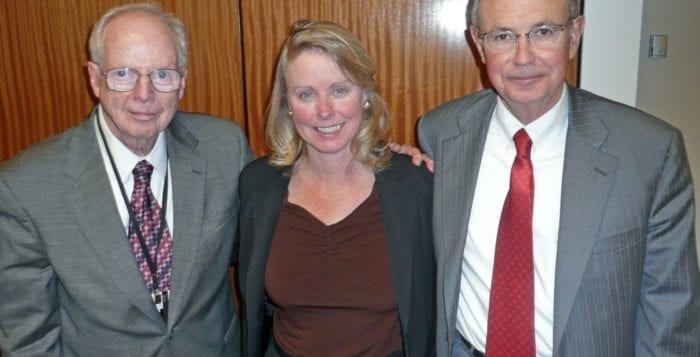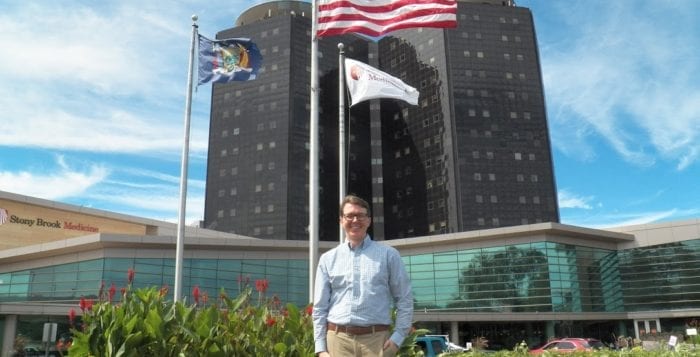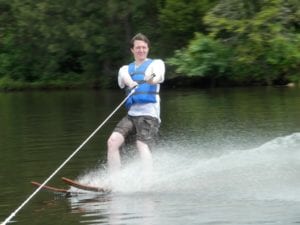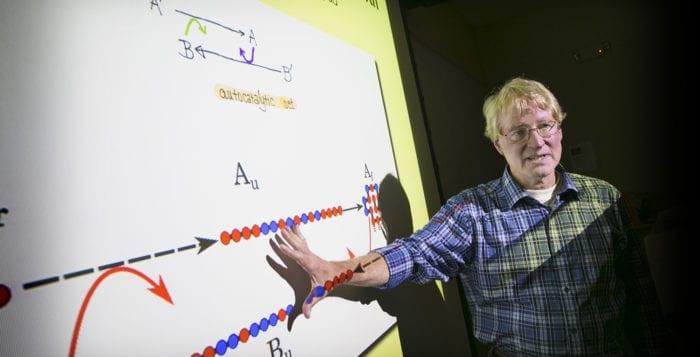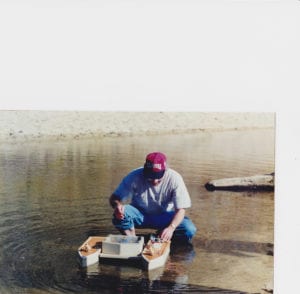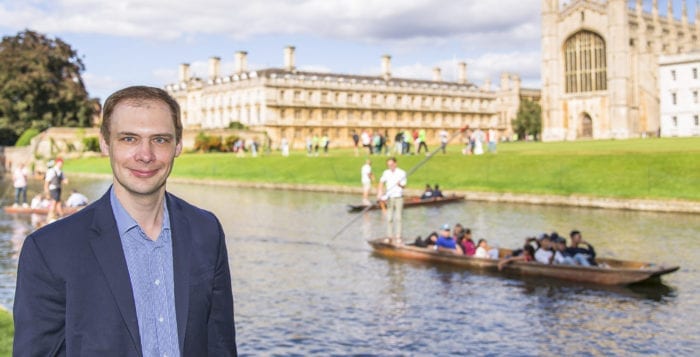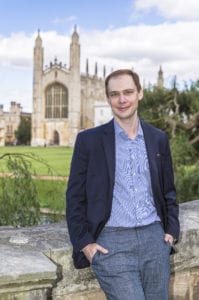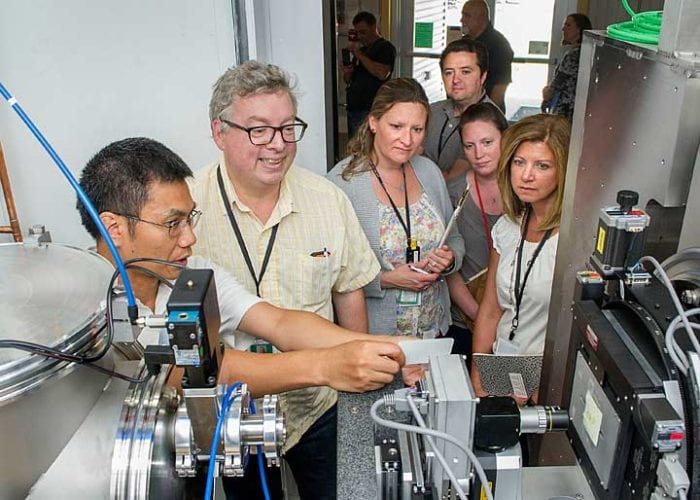By Daniel Dunaief
To use the pump or not to use the pump? That is the question heart surgeons face when they’re preparing to perform a surgery that occurs about 145,000 times a year in the United States.
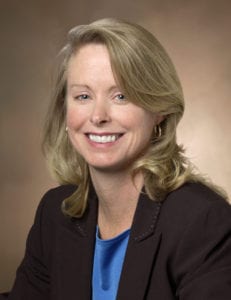
Called coronary artery bypass graft, surgeons perform this procedure to improve blood flow to a heart that is often obstructed by plaque. Patients with severe coronary heart disease benefit from a technique in which an artery or vein from another part of the body is inserted into the heart, bypassing the blockage.
Doctors can perform the surgery with a heart-lung machine, which is called on pump, or without it, which is called off pump.
Recently, a team of researchers led by Laurie Shroyer, who is a professor of surgery and the vice chair for research at the Stony Brook University School of Medicine, published a study in the New England Journal of Medicine that compared the survival and health of 2,203 veterans five years after surgery, with or without the pump.
Contradicting some earlier research that showed no difference in the health and outcomes after the surgery, the study revealed that using the pump increased the survival rate and reduced the rate of other health problems.
Along with the other research articles in this area, this study “should help in deciding the relative value and risks of each technique,” Frederick Grover, a professor of cardiothoracic surgery in the Department of Surgery at the University of Colorado, explained in an email.
The study Shroyer led, which is known as the Rooby trial, showed that on-pump patients had a five-year mortality of 11.9 percent, compared with 15.2 percent for the off-pump patients, Shroyer explained.
The five-year rate of medical complications, including death, nonfatal heart attacks and revascularization procedures was also lower for the on-pump group than the off-pump group, at 27.1 percent compared to 31 percent, respectively.
Consistent with these findings, the overall use of off-pump procedures has declined, from a peak of 23 percent in 2002 to 17 percent in 2012, down to 13.1 percent in 2016, according to data from the Society of Thoracic Surgeons Adult Cardiac Surgery Database Committee.
At one point, surgeons had considered an off-pump approach to be safer, but when other trials didn’t show a benefit and when the current Rooby trial demonstrated on pump had better outcomes, it “likely influenced many surgeons to use the off pump less often for specific reasons, considering it is a somewhat more difficult technique except in the most experienced hands,” Grover wrote.
The explanation for the difference five years after surgery are “not clear,” Shroyer explained in an email. The article suggests that the off-pump patients had less complete revascularization, which is known to decrease long-term survival.
Grover explained that the outcomes may have been better for the on-pump procedures in the Rooby trial for several reasons, including that the surgeons in the different trials had different levels of experience.
Leaders of the study suggested that patients and their surgeons needed to consider how to use the information to inform their medical decisions. Participants in the study were men who were veterans of the armed services.
“The data can likely be extrapolated to the general population since it is not an extremely high-risk population, but it is all male so would primarily extrapolate to males,” Grover suggested. Additionally, patients with specific conditions might still have better outcomes without the use of a pump.
“Our manuscript identifies an example for ‘patients with an extensively calcified aorta, in whom the off-pump technique may result in less manipulation of the aorta, potentially decreasing the risk of aortic emboli or stroke,’” Shroyer wrote in an email. Grover also suggested people with severe liver failure also might want to avoid the pump to prevent additional harm to the liver.
Shroyer and her team have already submitted a proposal to the VA Central Office Cooperative Studies Program. “Pending approval and funding, 10-year follow-ups will be coordinated appropriately,” Shroyer said.
Grover described Shroyer as a “spectacular investigator with a very high level of knowledge of clinical research” and, he added, a “perfectionist.” When he met Shroyer, Grover said he was “blown away by her intelligence, experience, background and energy.” He interviewed her many years ago to direct a major VA Cooperative Study. After the interview and before the next meeting, he called another interviewer and asked if he, too, agreed to hire her on the spot.
Grover recalled a trip back from Washington to Denver 15 years ago after they had been in a 10-hour meeting with no scheduled breaks. She took out her laptop on the airplane and asked him to write up results for a new grant.
“I was beat and finally said if she didn’t let up, I was going to jump out of the airplane just to get away from her,” he recalled. She shut her computer, ordered drinks and they enjoyed a peaceful flight back.
A resident of Setauket, Shroyer lives with her husband Ken, who is the chair of the Department of Pathology at Stony Brook School of Medicine. The professor said she loves the Staller Center, which she considers one of the greatest kept local secrets. She appreciates the opportunity to hear classical music performances by the Emerson String Quartet and by cellist Colin Carr.
When she entered biomedical research in 1992, it was unusual for women to rise to the level of full professor at an academic medical center. She strives to be an outstanding mentor to her trainees, including women and under-represented minorities, so that they can achieve their potential, too. As for her work, Shroyer’s hope is that the Rooby research “will provide useful information to guide future changes in clinical care practices” and, in the longer term “to improve the quality and outcomes for cardiac surgical care.”

